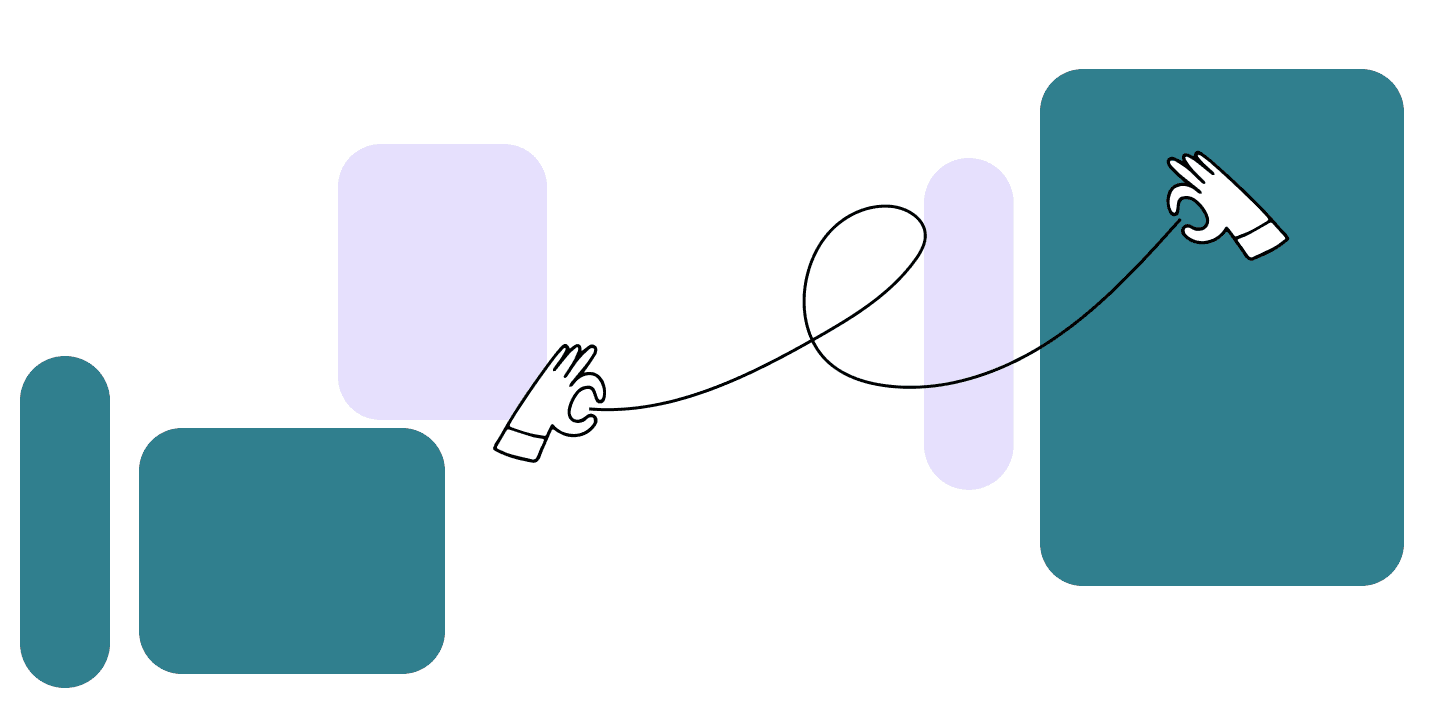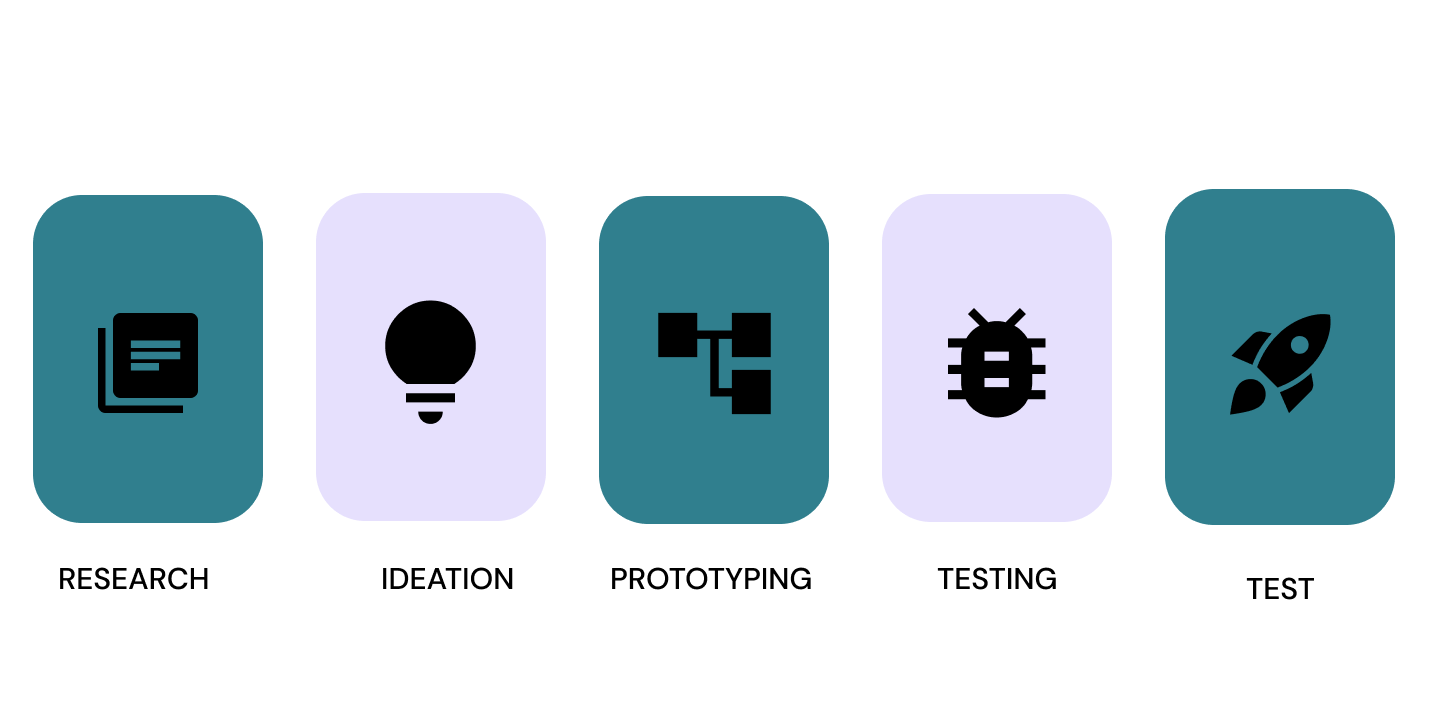Scaling product design successfully with DesignOps

With organizations around the world shifting their focus to the user experience of their products, it becomes important to know how to extract the maximum potential of your product design function. As design requirements continue to rise, organizations need to start looking into scaling their product design teams and processes.
While traditional product design processes have so far been serving companies well, they are not meant to be scaled and tend to break down or become cumbersome when applied to larger design teams. That’s where DesignOps can help.
Aligning your product design team to the DesignOps methodology enables you as a product owner to build pipelines that are both highly efficient and easily scalable.
In this article, I’m going to show how you can use DesignOps to scale the product design function.
But first, let’s tackle the basics.
What is product design?
Product design consists of ideating, building, and reworking the look and feel of products to create an on-brand aesthetic that remains functional and familiar to the user.
Essentially, it is a series of activities that enable companies to roll out new products (or new iterations of products) that are optimized to offer an intuitive user experience, build a seamless user journey and help align the product’s identity with any directions the brand may have taken.
As you would expect, this process involves several stakeholders – from product designers, developers, and engineers to product managers and owners – all working together to ensure that the design of the product is in line with business objectives.
To truly appreciate the intricacies of product design, it’s essential to understand the process by which the design teams generate their output.
Breaking down the product design process
The traditional product design process consists of 5 fundamental steps. While the exact workflow varies from organization to organization, the average design thinking process consists of some form of mix and match between these steps.

Research
This is the starting point for any foray into product design. In this stage, designers try to understand the problem they are trying to solve – both for the end-users and the product itself.
Design teams, developers, and product managers spend time researching several aspects to gain insights into what should go into the product. This could be done in the form of user interviews, online surveys, market research, and much more.
This helps them discover the product they are trying to build – understanding the end-user profile, the design problems existing users have faced, visualizing the optimal user journey, and finding design components and other assets that may help build the end product.
Armed with this research, the product team can draft a set of objectives for the design team and then step into the next stage of the design process.
Ideation
This is the starting point for any foray into product design. In this stage, designers try to understand the problem they are trying to solve – both for the end-users and the product itself.
Design teams, developers, and product managers spend time researching several aspects to gain insights into what should go into the product. This could be done in the form of user interviews, online surveys, market research, and much more.
This helps them discover the product they are trying to build – understanding the end-user profile, the design problems existing users have faced, visualizing the optimal user journey, and finding design components and other assets that may help build the end product.
Armed with this research, the product team can draft a set of objectives for the design team and then step into the next stage of the design process.
Prototype
With the direction for the product laid out, the design team gets to work creating relevant components, reusing existing elements from the design system, or generating new designs from scratch.
These are then put together, creating a prototype that in theory, enables the optimal user journey.
Testing
The prototype, once developed, is rigorously tested to check whether it solves the initial problem statement. Any issues found in this stage are highlighted and sent back to the product design team. The team takes the feedback and goes back to the drawing board, making changes to the prototype until the issues are resolved elegantly.
Once the prototype passes the testing phase, it is considered ready for deployment.
Deployment
This is the final phase of the design thinking process. It’s where the product design team hands over the design framework to the developers who, in turn, incorporate the design to create the final working product as intended for target customers.
It is then rolled out to the public as an update or as an entirely new product, depending on the use case.
The problems presented by traditional product design processes
The biggest problem with product design is the measurement of productivity and success. The subjective nature of the design makes it hard to create metrics to quantify success. Design activities tend to become black boxes of information, making it difficult for product owners to judge if the workflow is efficient. What’s more, this problem is multiplied upon scaling the design team.
With so many stakeholders working on different tool stacks, it becomes difficult to collaborate and ensure everyone is on the same page. Design teams are often forced to work with tools they are unfamiliar with, purely to communicate their process and output to the rest of the organization, wasting precious time in the process – time that could be spent creating design prototypes and shortening time to deploy.
How DesignOps helps scale product design
Design Operations (or DesignOps for short), is an umbrella term for a series of practices that are intended to help design teams, project managers and designers collaborate in the most efficient way possible.
At Cubyts, we’ve created a platform that enables businesses to transition to a DesignOps framework seamlessly.
By applying DesignOps to product design helps solve the problems of the traditional process in 3 simple steps:

Aligning business and design
Cubyts enables product owners to align design teams with business objectives via playbook. When this happens, designers are more likely to build tools that achieve those objectives, immediately bringing efficiency.
This ensures that the feedback loop is greatly reduced as even the first prototype will be aligned to the expectations of all stakeholders, immediately bringing efficiency to the process.
Cubyts has a built-in playbook that ensures that design and business are aligned, causing a massive decrease in the number of reiterations and shortening the time to deploy to a fraction of that in traditional product design processes.
Creating transparent communication
The lack of visibility in traditional design processes can be worrying for product owners who have no idea how they can improve their design pipeline.
Cubyts brings visibility to the product design process by quantifying design decision and providing metrics to measure RoI and impact of design.
This gives product owners all the data they need to spot and remedy workflow inefficiencies and gives them the confidence to make informed decisions that will eventually create an efficient product design pipeline.
Boosting collaboration
Designers tend to work on tools that they’re most comfortable with – this varies greatly from individual to individual. Trying to get the entire design team to adopt a uniform toolstack is difficult and will lead to a massive drop in productivity.
Cubyts solves this by acting as a uniform repository, integrating with all major toolstacks used by stakeholders of the design process to ensure everyone can communicate on a single, unified platform.
What’s more, by having a central repository, you create a single source of truth for your design team – one that is replete with all relevant documents, design assets and systems that product design teams require to carry out their tasks.
This results in better collaboration – both within product design teams and with the rest of the organization, faster decision-making, and a significantly reduced time to deploy.
Cubyts is the world’s first end-to-end DesignOps platform, built by designers to help product owners make sense and take ownership of their design function.
By bringing design to the center of product development, Cubyts enables businesses to adopt DesignOps, codify their design culture, and switch to a design-centric model quickly and efficiently.
Request a demo with Cubyts to see how you can streamline DesignOps and enable your design team to collaborate, communicate and execute better.
